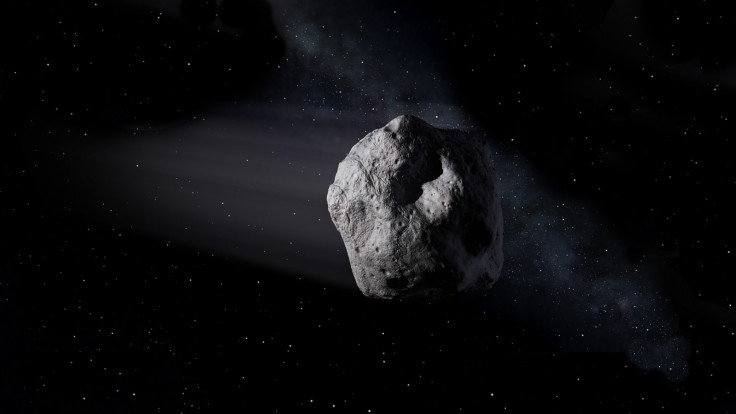2002 AJ129: Kilometre-wide 'potentially hazardous' asteroid is hurtling towards Earth
Space rock will skim past the Earth at speeds of around 67,000mph in a fortnight.

A huge kilometre-wide asteroid will skim past the Earth at speeds of around 67,000mph in a fortnight.
The space rock – known as 2002 AJ129 – will fly by at a distance of around 2,615,1258 miles from the Earth on the 4th of February. This may sound very far away, but it is a relatively small distance in space terms.
Nasa has classified the asteroid as 'potentially hazardous' - a label the space agency gives to any object it is monitoring that may come within 4,600,000 miles of our planet.
As a comparison, the distance between the Earth and Moon is around 238,000 miles.
AJ129 is one of the largest space rocks set to skim past our planet this year. If an object of this size was to strike Earth, the consequences could be devastating.
Previous research has suggested that if an asteroid of this size crashed into the Earth, so much material would be thrown up into the atmosphere that it would block out the sun for years to come, causing temperatures to drop worldwide and trigger a mini ice age.
This is not to mention the effects of the initial blast wave, which would flatten everything for miles around, if the asteroid struck land. And If the space rock were to slam into the oceans, it would generate huge tsunamis, hundreds of metres high.
Fortunately, the chances of such a strike are remote, in the near future at least. At present, scientists have detected more than 800 asteroids larger than 1 km wide, which are predicted to skim past the Earth, but none are thought to pose an immediate threat.
However, if a large asteroid does look like it's on a collision course with our planet, hypothetically, steps could be taken to alter the objects trajectory, using specialised spacecraft.




















